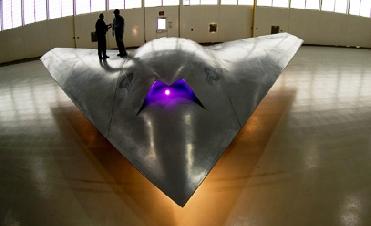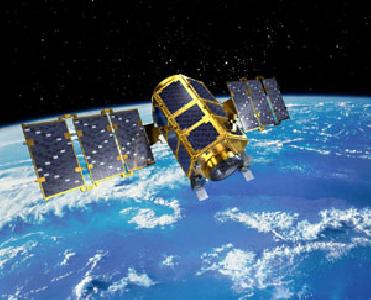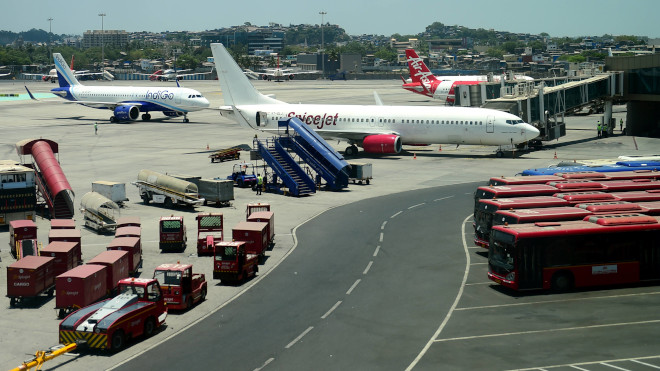
Boeing�s Phantom Eye demonstrator under construction in St. Louis. Boeing photo.
ST. LOUIS (BNS): Boeing has begun to build its first unmanned, liquid �hydrogen powered, high altitude long endurance (HALE) demonstrator aircraft.
According to a news release by Boeing, the Phantom Eye�s entire propulsion system has completed an 80 hour test in an altitude chamber at the beginning of this month, clearing the way for the propulsion system and UAV to be assembled.
�The essence of Phantom Eye is its propulsion system, after five years of technology development, we are now deploying rapid prototyping to bring together an unmanned aerial vehicle [UAV] with a breakthrough liquid-hydrogen propulsion system that will be ready to fly early next year,� Darryl Davis, Boeing Phantom Works president said in a Boeing news release.
The demonstrator of the Phantom Eye has a 150-foot wingspan which can fly at altitudes up to 65,000 feet for more than four days carrying a payload up to 450 pounds. Phantom Eye is designed to perform missions that could include intelligence, reconnaissance, surveillance and communication.
Boeing is also developing a larger HALE that will stay aloft for more than 10 days and carry payloads of more than 2,000 pounds, and building �Phantom Ray,� a fighter-sized UAV that will be a flying test bed for advanced technologies, as reported in the release.
�We believe Phantom Eye and Phantom Ray represent two areas where the unmanned aerial vehicle market is heading, and rapid prototyping is the key to getting us there,� the release quoted Dave Koopersmith, Advanced Boeing Military Aircraft vice president as saying. �These innovative demonstrators reduce technology risks and set the stage for meeting both military and commercial customers� future needs.�
Phantom Ray evolved from the X-45C program. It is scheduled to make its first flight in December this year.
 Next Article
Next Article













The Indian Air Force, in its flight trials evaluation report submitted before the Defence Ministry l..
view articleAn insight into the Medium Multi-Role Combat Aircraft competition...
view articleSky enthusiasts can now spot the International Space Station (ISS) commanded by Indian-American astr..
view article